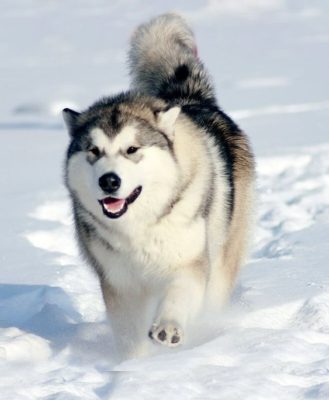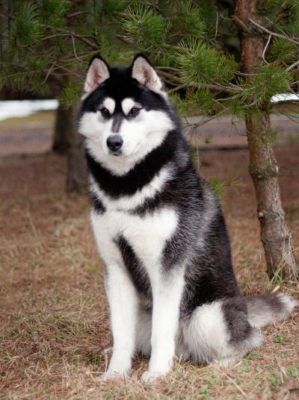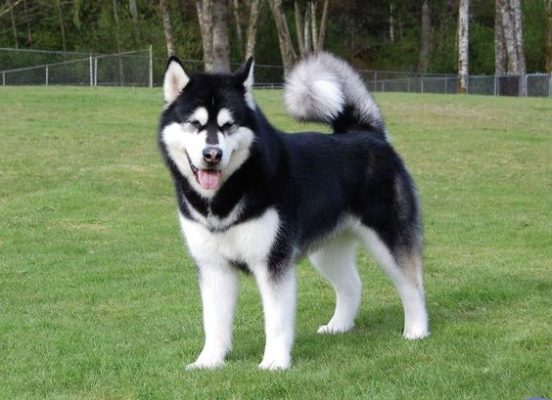Alaskan Malamute
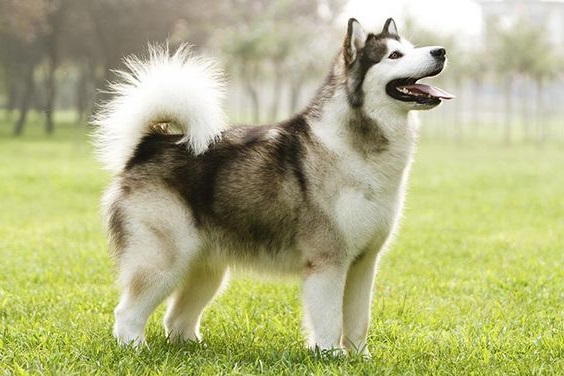
This breed has irrepressible energy and requires a lot of attention. Alaskan Malamutes are very active, so if you own a large suburban home with a backyard, be prepared for dug holes, destroyed lawns, or seedbeds. Alaskan Malamutes are very playful, active, and friendly. They also like to be the center of attention and sometimes test you on your strength.
Table of Contents
Breed Information
| Another Name | – |
| Origin | United States (Alaska) |
| Height | Males 61-66 cm Females 56-61 cm |
| Weight | Males 36-43 kg Females 32-38 kg |
| Fur | Medium |
| Color | White and light gray to black |
| Lifespan | 13-16 years |
| FCI Classification | Spitz and primitive types |
| Group | Hunting dogs, apartment dogs, dogs for kids, sled dogs |
| Price | $500-3500 |
Breed Photos
Origin History
The Alaskan Malamute is a northern dog breed whose ancestors were Arctic wolves. The first Malamutes appeared in the Eskimo tribes of “Maleimut”, hence the name. The Eskimos bred and maintained this breed’s population and used the dogs for transporting goods and protection against northern bears.
Breeders have bred two types of Alaskan Malamutes: M´Lut and Kotzebue. Kotzebue has one color – wolf color, but they are less aggressive and very active. M´Luts are larger and have a wide range of colors – from wolf to white.
Officially, the Alaskan Malamute breed was registered in 1935. Although many still argue about which is the “correct” Malamute, both species are in demand all over the world.
Appearance
Alaskan malamutes look very much like large wolves. The dogs have a large build with well-developed musculature. Malamutes have a broad head with erect ears and mostly dark brown eyes. The scruff of the neck is distinctly marked out. The paws are medium length, muscular, strong, with pubescent pads. The tail is fluffy, saber-shaped.
Alaskan Malamutes have a thick, medium-length coat and dense undercoat, which allows them to endure severe frosts and gusty winds. Their colors range from wolf to snow white.
Character
This breed has irrepressible energy and requires a lot of attention. Alaskan Malamutes are very active, so if you own a large suburban home with a backyard, be prepared for dug holes, destroyed lawns, or seedbeds.
Alaskan Malamutes are very playful, active, and friendly. They also like to be the center of attention and sometimes test you on your strength. Alaskan Malamutes have clear instincts. You should not be surprised if your pet will hunt birds or squirrels in the park. But you should train your dog to be friends with small cats and dogs; otherwise, they will hunt them as well.
Care
One of the peculiarities of Alaskan Malamutes is a thick coat, so they need frequent grooming. It is worth brushing the hair twice a week and more often during molting. Wash the dog at least once a week. Be sure to clean his ears, eyes and clip his claws once every ten days.
Training
Alaskan Malamutes are in great need of frequent walks, activities, and training. However, the latter is not for everyone. This breed is very willful and sometimes is “on its mind”. They may not obey even when you give a clear command. These beauties like to check whether you still occupy the leadership position in this house.
To raise Alaskan Malamutes successfully, you should keep to several simple but very important rules: start training at least six months old; if the dog turns bad, do not feed it from the table or somehow encourage it; control the food and let your pet understand that you are the leader of this tandem. You should teach the Alaskan Malamute basic commands yourself, and the specialized ones should be passed on the shoulders of a professional.
Common Diseases
Alaskan Malamutes are robust and hardy dogs but, like all other breeds, are prone to many certain diseases: hypothyroidism, hip dysplasia, chondrodysplasia, cataracts, hemeralopia (day blindness), polyneuropathy.
Nutrition
This breed is quite unpretentious in nutrition; they can be fed with natural food. The diet of Alaskan Malamutes should include various cereals boiled in broth with the addition of pieces of meat or by-products. It is also possible to feed the dog dry food, but its quality should be very high. Alaskan Malamutes do not suffer from obesity or overeating. Due to their nature, they are very agile, and it is unnecessary to worry about it unnecessarily.
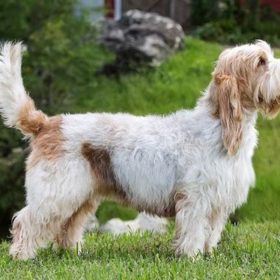 Grand Basset Griffon Vendéen
Grand Basset Griffon Vendéen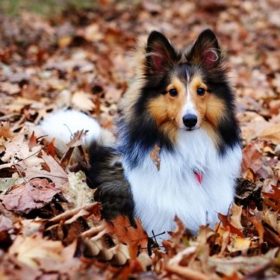 Shetland Sheepdog
Shetland Sheepdog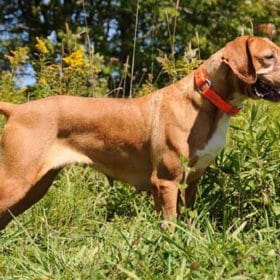 Portuguese Pointer
Portuguese Pointer Border Collie
Border Collie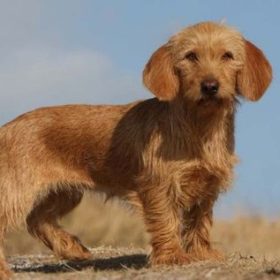 Basset Fauve de Bretagne
Basset Fauve de Bretagne Havanese
Havanese